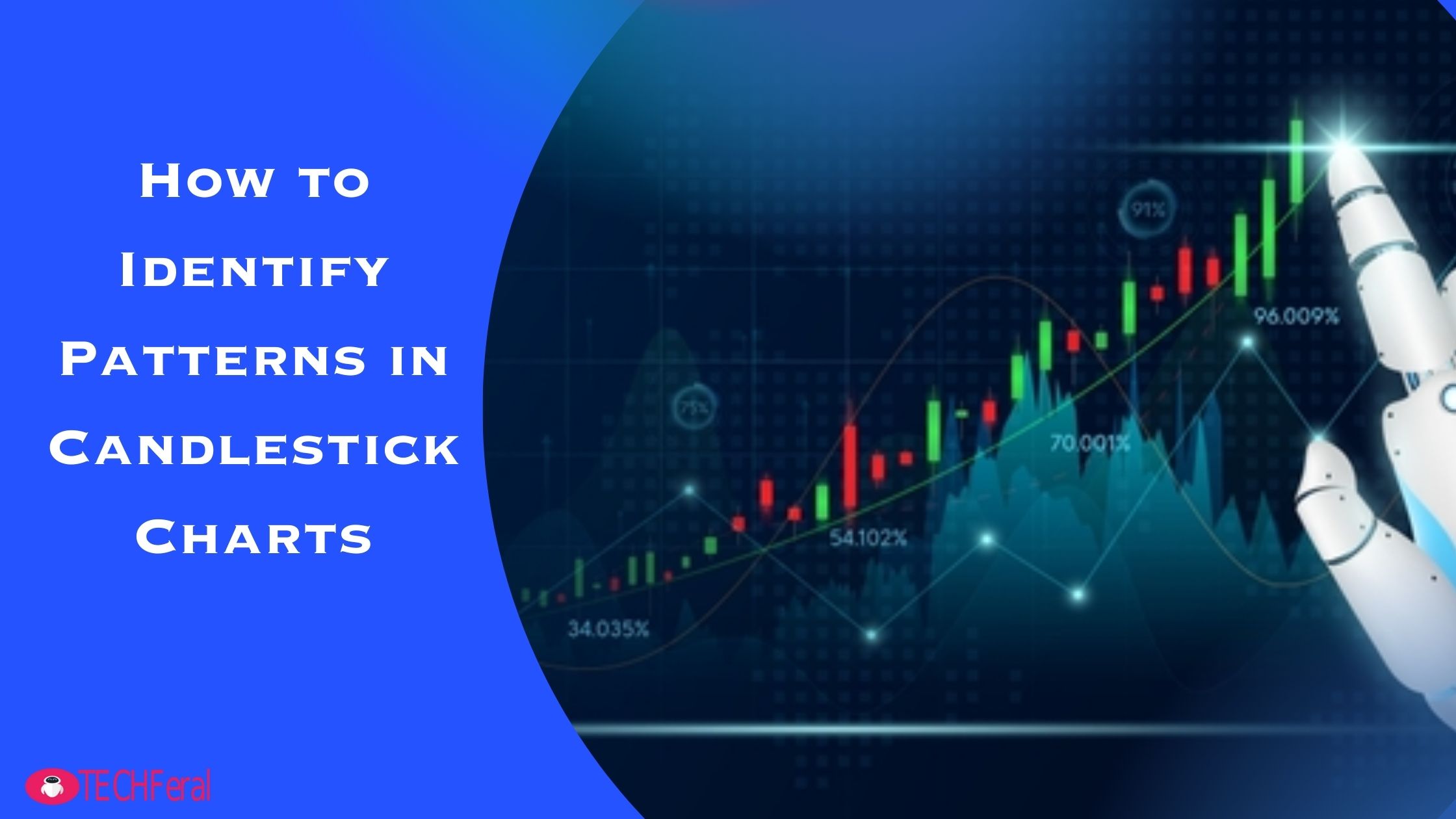
Last updated on : December 14th, 2024 by R Yadav
Candlestick charts, which provide a visual depiction of price action in financial markets, are an effective tool for traders. These charts, which are frequently used in stock, forex, and cryptocurrency trading, use candlesticks to display the open, high, low, and close prices for a given time period. The capacity of candlestick charts to display market mood and possible future price movements through identifiable patterns is one of their primary advantages.
It's crucial to comprehend a candlestick's structure before beginning to recognize patterns. Two primary parts make up a conventional candlestick:
The candlestick is usually hollow or green (bullish) if the close price is higher than the open. In contrast, the candlestick is filled or red (bearish) if the close price is less than the open.
Understanding how these candles interact to generate shapes that forecast future market movements is essential to identifying patterns in candlestick charts.
Single or multi-candle candlestick patterns might reveal information about the psychology of the market. Some of the most popular candlestick patterns that traders search for are listed below.
When the open and close prices are nearly equal, a Doji is created, which has a small body and long wicks. When neither buyers nor sellers have authority over the market, this pattern denotes hesitation. Although a Doji can show up in a variety of market situations, it is frequently seen as an indication that a trend is waning and may turn around.
Two candlesticks make up the enveloping pattern, in which the second candlestick totally encloses the first one's body. Two categories exist:
Traders frequently utilize this pattern to validate trend reversals since it indicates that the sentiment of the market has changed.
The short body and lengthy bottom wick of these two candlestick styles are identical in shape. However, their market position determines their significance:
Both patterns point to a change in market sentiment, with buyers managing to push the price back up after sellers drove it lower throughout the session.
Three-candle patterns known as the Morning Star and Evening Star indicate reversals:
These trends show that market sentiment is evolving, frequently as a result of a change in investor psychology.
Finding patterns in candlesticks is just the beginning. Making good use of them in your trading plan is the next hurdle. The following advice will help you include candlestick patterns in your analysis:
Candlestick patterns are a useful tool, but it's important to verify them using additional technical indicators like moving averages, the Relative Strength Index (RSI), or levels of support and resistance. If a bullish engulfing pattern appears close to a support level, it may be more dependable. An RSI divergence after a Doji formation may indicate a significant reversal.
You can increase the precision of your forecasts by integrating candlestick patterns with additional indicators.
Real-time candlestick pattern recognition is a skill that takes time to master. Prior to spending real money, begin by honing your skills with paper trading and historical charts. This aids in your familiarization with the trends and your comprehension of how they manifest under various market circumstances.
Candlestick patterns can appear on daily or weekly charts, as well as on timescales ranging from minutes. While longer timescales typically yield more dependable patterns, shorter timeframes may produce more false signals as a result of market noise. Select the timeframe that works best for your trading approach:
By recognizing candlestick patterns, traders can predict future changes in the market. Traders employ patterns in a variety of ways to predict market developments. Trend reversal patterns, such the Morning Star, Engulfing, or Doji, frequently signal a possible change in the direction of the market. These patterns, which indicate a potential shift in momentum, are especially useful following a prolonged uptrend or slump. The current trend is likely to continue, according to trend continuation patterns like the bullish or bearish engulfing, particularly when there is a lot of trade volume.
It's critical to take into account the circumstances in which candlestick patterns originate when utilizing them to forecast market trends. For example, a pattern that emerges in the middle of a trend will not be as significant as one that occurs at a critical level of support or resistance.
Traders can understand market psychology and predict shifts in trends by mastering patterns such as the hammer candlestick pattern. But recognizing patterns isn't enough to be a great trader, you also need to practice, use risk management techniques, and validate patterns with additional indicators. Traders can increase their overall trading success and their capacity to forecast market movements with time and experience.
Read Next: How a NoSQL Database Works